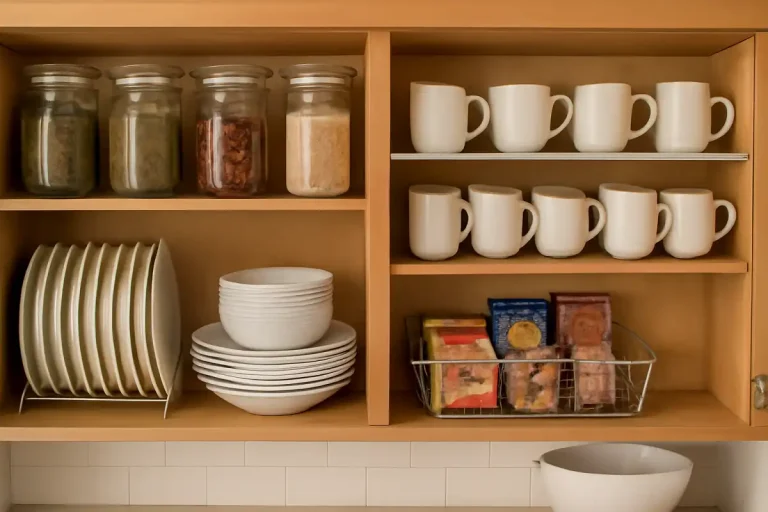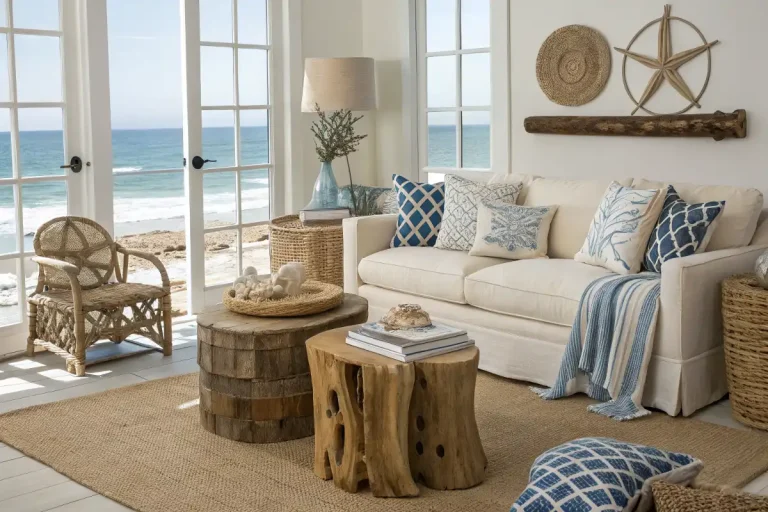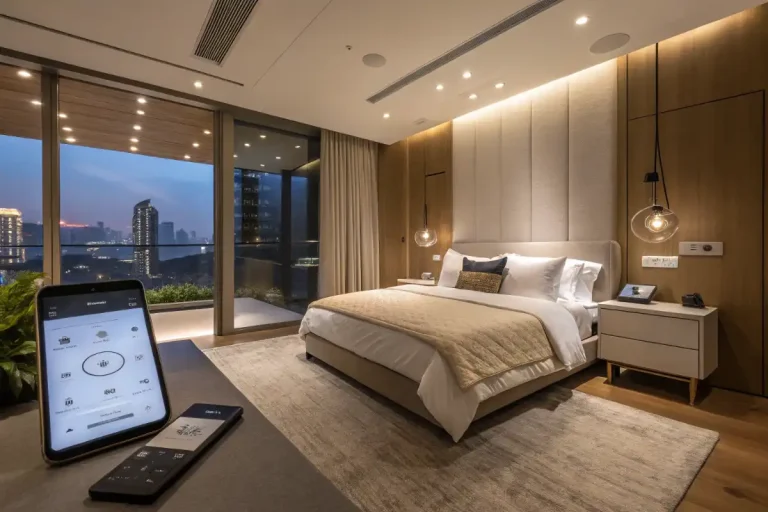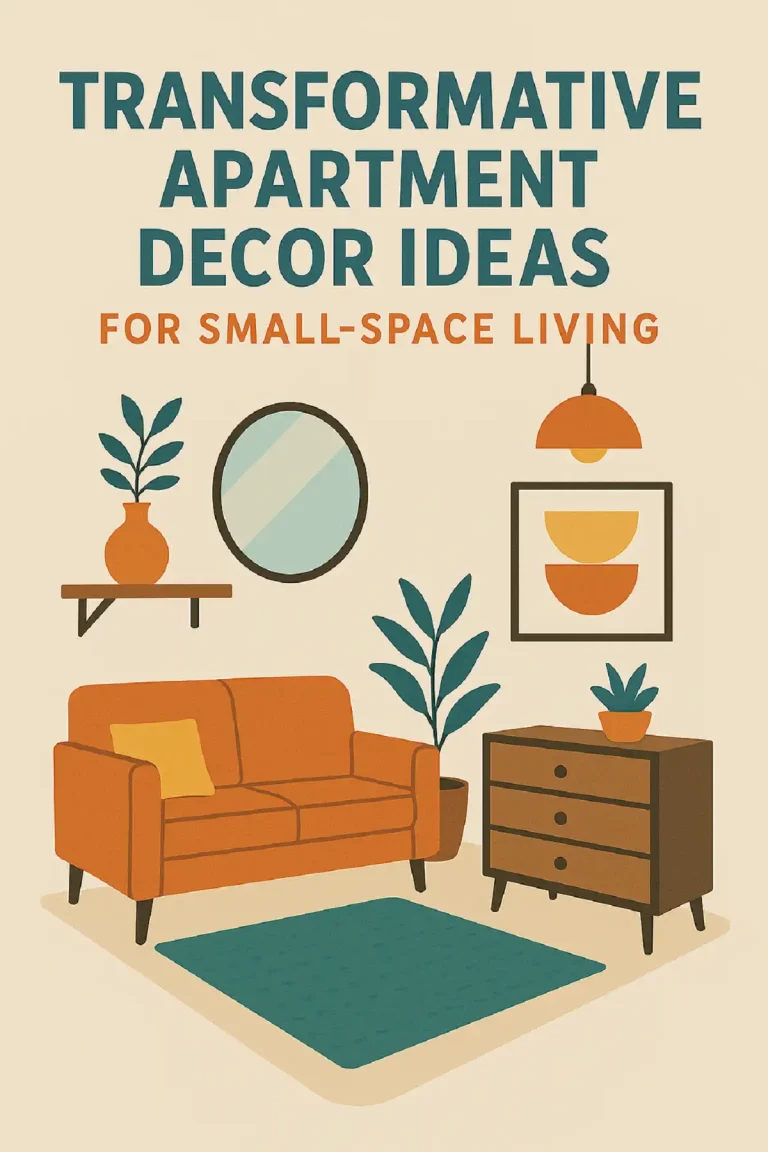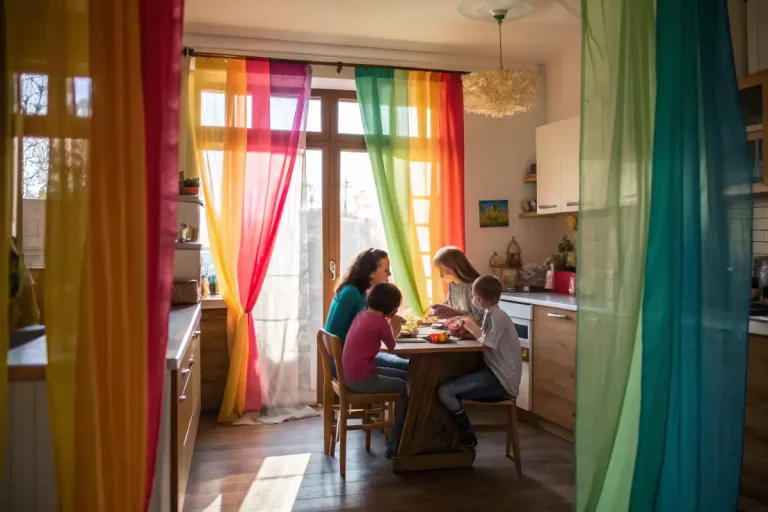How to Design Kitchen Backsplash? Trendy Kitchen Backsplash Ideas
Hey there, if you’re knee-deep in a kitchen remodel or just itching to give your space a fresh vibe, let’s talk about one of the unsung heroes of kitchen design: the backsplash. Kitchen backsplash design isn’t just about slapping some tiles on the wall to catch those inevitable spaghetti sauce splatters—it’s your chance to inject personality, protect your walls, and tie the whole room together. Whether you’re in a cozy apartment in New York or a sprawling suburban home in Texas, a smart backsplash can boost your kitchen’s style, functionality, and even your home’s resale value in the competitive US real estate market. In this ultimate guide, we’ll dive deep into everything from timeless materials to the hottest trends hitting kitchens in 2025. I’ll share practical tips, creative ideas, and real-life inspirations to help you craft a kitchen that’s not only beautiful but also perfectly suited to your lifestyle. Ready to get inspired? Let’s roll up our sleeves and get started. (window treatments for kitchens)
Table of Contents
Introduction to Kitchen Backsplashes
Imagine walking into your kitchen and feeling that instant “wow” factor—that’s the magic a well-thought-out kitchen backsplash design can bring. Back in the day, backsplashes were pretty straightforward: basic tiles behind the stove or sink to fend off water, grease, and everyday messes. But fast-forward to today, and they’ve become a true design statement. In modern US homes, especially with the rise of open-concept layouts popular in places like California and Florida, backsplashes often stretch from countertop to ceiling or even wrap around islands, adding layers of texture, color, and character.
Why does this matter for you? A great kitchen backsplash design enhances durability while elevating the aesthetic, potentially increasing your home’s value by 5-10% according to real estate experts in markets like Seattle or Atlanta. For 2025, the focus is on personalization—think backsplashes that reflect your unique taste—and sustainability, with more homeowners choosing eco-friendly options like recycled glass or ethically sourced stone to align with green building trends across the States.
Key things to consider before you start: Your kitchen’s layout (is it a compact galley in a Chicago condo or an expansive U-shape in a Dallas ranch?), how it coordinates with your countertops and cabinets, and your budget (kitchen design coordination). On average, kitchen backsplash costs in the US range from $15 to $50 per square foot, including materials and installation, though high-end options like custom marble can push it to $100 or more. Factor in labor, which might add $10-20 per square foot if you’re hiring pros from local spots like Home Depot or Lowe’s. Ask yourself: Are you after a subtle, seamless look or a bold focal point that steals the show? By the end of this guide, you’ll have all the tools to decide and create a space that’s functional, stylish, and totally you.
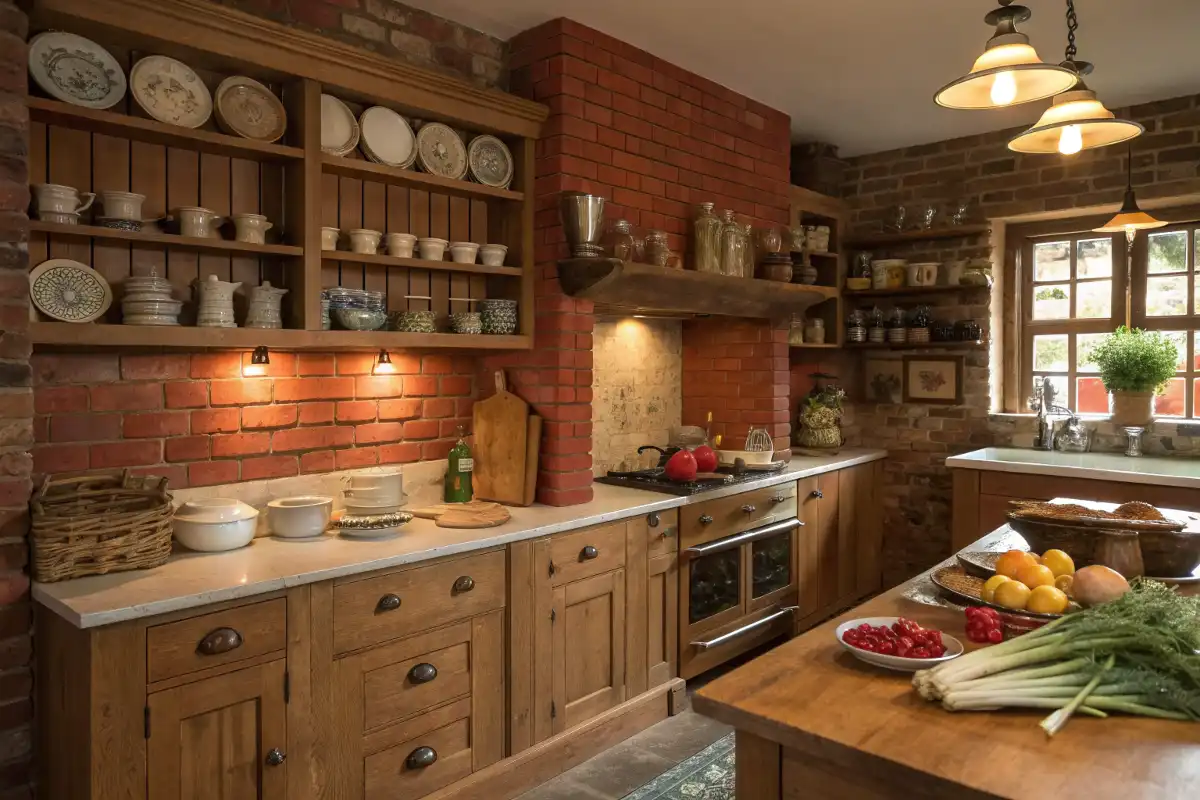
Materials for Kitchen Backsplashes
Picking the right material for your kitchen backsplash design is like choosing the perfect outfit—it has to look good, feel right, and stand up to daily wear and tear. With so many options out there, it’s easy to feel overwhelmed, but breaking it down by pros, cons, and best uses can make the decision a breeze. Whether you’re going for affordability or luxury, materials play a huge role in maintenance, cost, and how your kitchen flows.
To help you compare at a glance, here’s an expanded table with US-specific cost estimates (based on 2025 averages from retailers like Wayfair and Home Depot):
| Material | Pros | Cons | Best For Styles | Examples & Cost (per sq ft) |
| Tile (Ceramic/Porcelain) | Affordable, super versatile, easy to clean and install; comes in endless colors and patterns | Grout lines can trap dirt and stain if not sealed properly | Modern, farmhouse, traditional | Classic white subway tiles for a clean look; colorful mosaics for pops of fun. $6-$28 installed. |
| Stone (Marble/Granite/Quartz) | Luxurious natural veining, seamless match with counters; heat-resistant and durable | Prone to etching from acids, higher upfront cost; needs regular sealing | Contemporary, luxury | Full-slab marble extending to the ceiling for drama; quartzite with bold patterns. $30-$100+. |
| Glass/Metal (Stainless Steel/Copper) | Reflective for added light, modern vibe, wipes clean easily; metal adds warmth over time | Shows fingerprints and smudges; metal can dent or scratch | Industrial, minimalist | Glossy glass sheets in a NYC loft; copper panels developing a patina in a cozy Midwest kitchen. $20-$50. |
| Wood/Brick (Reclaimed/Faux) | Warm, textured feel; eco-friendly if reclaimed; adds rustic charm | Requires sealing to resist moisture; not ideal for heavy-use areas | Rustic, coastal | Shiplap wood in a Florida beach house; faux brick for vintage appeal in a Texas farmhouse. $15-$40. |
| Other (Wallpaper/Vinyl/Peel-and-Stick) | Budget-friendly, DIY heaven, removable for renters; quick updates | Less durable, may peel in humid climates like the Southeast | Temporary, eclectic | Patterned vinyl protected by glass; self-adhesive tiles for easy swaps. $12-$22. |
Sustainability is huge in 2025 kitchen backsplash design, especially in eco-conscious states like California and Oregon. Opt for recycled glass tiles (which reduce waste and add a sparkly effect) or natural stone from US quarries with ethical sourcing. For maintenance, keep it simple: Seal porous materials like stone or wood every 6-12 months, and use gentle, non-abrasive cleaners on glass or metal to avoid scratches. If you’re in a humid area like the Gulf Coast, prioritize moisture-resistant options to prevent mold. Ultimately, your choice should balance beauty with practicality—think about how often you cook and what vibes with your daily routine. (sustainable kitchen materials)
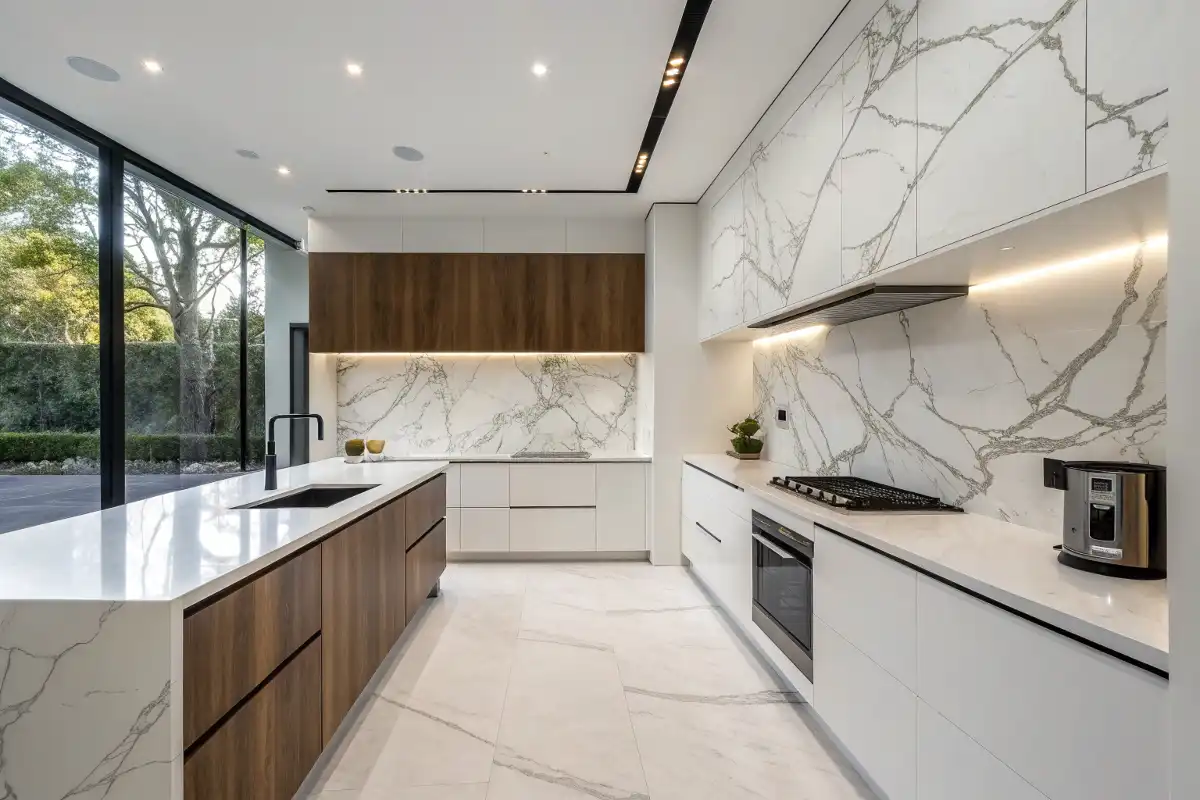
Trends in Kitchen Backsplash Design (2025 and Beyond)
2025 is shaping up to be an exciting year for kitchen backsplash design, where bold innovation meets everyday practicality. Designers across the US are leaning into trends that make your kitchen feel fresh and personalized, from coast to coast. Full-height backsplashes—from countertop to ceiling—are everywhere, creating that seamless, expansive feel in open kitchens popular in suburban homes. We’re also seeing “countersplashes,” where the backsplash material matches your counters for a sleek, unified look that’s low-maintenance and timeless.
Patterns are getting playful: Herringbone, chevron, and geometric mosaics add movement and energy, while textured or 3D tiles—like fluted or wavy surfaces—bring depth without cluttering the space. Color trends? Vibrant yet earthy hues like teal, emerald green, terracotta, and even peach are stealing the spotlight, balanced by neutrals for versatility. Handmade tiles such as glossy zellige or Moroccan-inspired encaustic are booming for their organic, artisanal charm—think high-gloss versions in neutral shades for a glamorous twist in California kitchens.
Other hot trends include color-matching your backsplash to cabinets (like sage green subway tiles for cohesion), mixed metals for a reflective, industrial edge, and gold-veined marbles for luxury pops. Glossy finishes are overtaking matte for that shiny, light-bouncing effect, and sustainability rules with recycled materials and low-VOC options. For longevity, blend these with classics—avoid over-the-top patterns in tiny urban apartments; instead, try vertical subway tiles in fresh colors like navy blue. These trends aren’t just pretty; they’re about making your kitchen work harder for you in 2025’s fast-paced world. (coastal kitchen backsplashes)
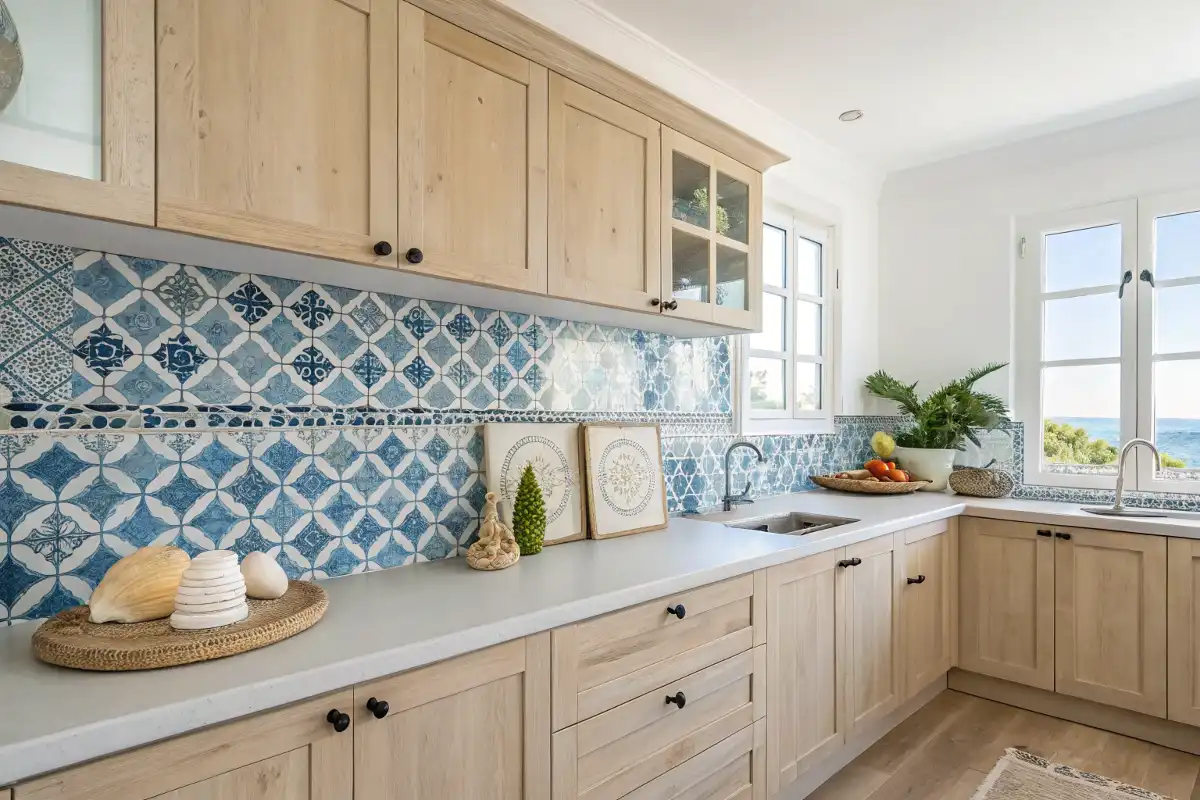
Styles and Aesthetic Inspirations
Your kitchen backsplash design should feel like an extension of your home’s personality—whether that’s sleek and modern or cozy and rustic. Here’s how different styles play out, with US-inspired twists to make it relatable:
- Modern/Contemporary: Clean lines rule here. Go for glossy subway tiles, large-format glass panels, or marble slabs in neutrals. Vertical layouts or geometric patterns keep it minimalist; picture cobalt blue rectangles in a Seattle high-rise or mirrored accents for extra depth in a Miami condo.
- Farmhouse/Rustic: All about warmth and texture. Brick, terracotta, or reclaimed wood planks pair perfectly with shaker cabinets. Distressed herringbone in earthy tones gives that cozy, lived-in feel—like exposed brick in a Nashville farmhouse or wood shiplap in a Colorado cabin.
- Mediterranean/Coastal: Channel beachy vibes with Moroccan zellige, blue-and-white ceramics, or seashell embeds. Vibrant hexagons or florals add relaxed energy, ideal for Florida or California homes—think colorful encaustic tiles evoking a Moroccan riad.
- Eclectic/Maximalist: Mix it up with bold patterns, colors, and shapes. Floral motifs, penny tiles, or murals in hues like burnt orange shine here, blending vintage and modern—perfect for creative spaces in Brooklyn or Austin.
- Transitional/Traditional: Timeless blend of old and new. Neutral subway or penny tiles in soft grays offer elegance, complementing classic cabinetry in homes across the Midwest.
Pull from global influences like Sicilian geometrics or Spanish talavera for cultural flair, but adapt to US trends like incorporating smart, durable materials for busy families.
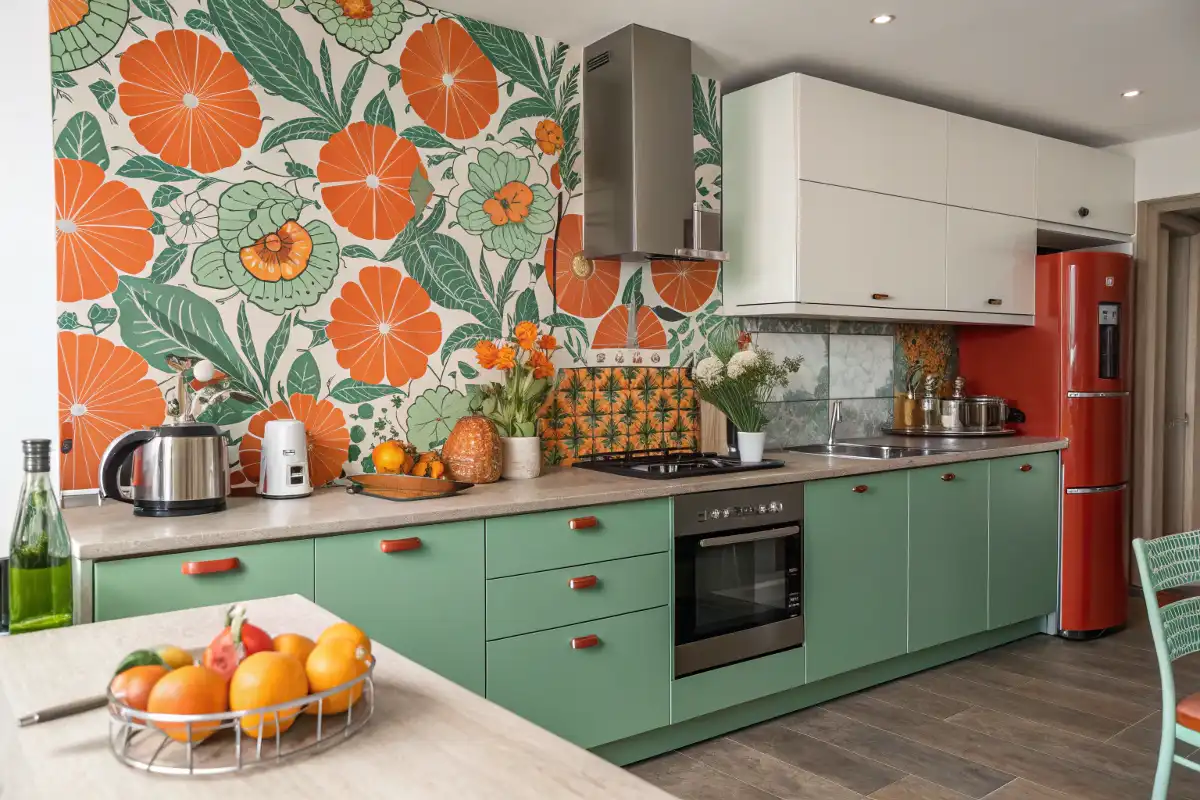
Creative Ideas and Layouts
Ready to get creative with your kitchen backsplash design? The beauty is in the details—shapes like subway (try vertical for height), mosaic, penny, hexagon, fish scale, or chevron can transform a plain wall into art. For instance, botanical encaustic tiles add whimsy, while Art Deco fans bring vintage glamour.
Unique twists: Make a stove focal point with a mural, or extend tiles ceiling-high for drama. DIY-friendly peel-and-stick works great for islands or niches. Color coordination is key—pair green tiles with forest cabinets for harmony or contrast neutrals with bold accents.
Here’s an expanded list of 25+ curated kitchen backsplash ideas for 2025, with quick descriptions to spark your imagination:
- Teal herringbone for earthy, modern vibes in a Pacific Northwest kitchen.
- Burnt orange terracotta adding warmth to Southwest-inspired spaces.
- White subway with dark grout for high-contrast drama.
- Geometric mosaics in blues and whites for coastal cool.
- Marble veining extended full-height for luxurious flow.
- Penny tiles in metallic finishes reflecting light beautifully.
- Floral patterns embracing maximalist joy.
- Chevron in neutral marbles for subtle movement.
- 3D fluted tiles providing tactile depth.
- Recycled glass in vibrant hues for eco-chic appeal.
- Brick for timeless rustic charm.
- Mirror accents bouncing light in small urban kitchens.
- Hand-painted ceramics infusing whimsy.
- Vertical cobalt blue rectangles elongating the space.
- Hexagon florals in green for organic freshness.
- Slab marble just behind the stove as a focal point.
- Eclectic pattern mixes for bold personalities.
- Polka-dot inspired designs for fun pops.
- Terracotta paired with red cabinets for fiery energy.
- Art Deco fans in black and gold for sophisticated flair.
- Botanical motifs in moody shades for serene retreats.
- High-gloss zellige in neutrals for glamorous shine.
- Color-matched sage green subway to cabinets for seamless cohesion.
- Gold-veined marble adding luxury to bar areas.
- Mixed metal panels for an industrial, reflective edge.
- Navy blue subway tiles amplifying natural light in Southern homes.
These ideas are versatile—scale them to your space and budget for maximum impact.
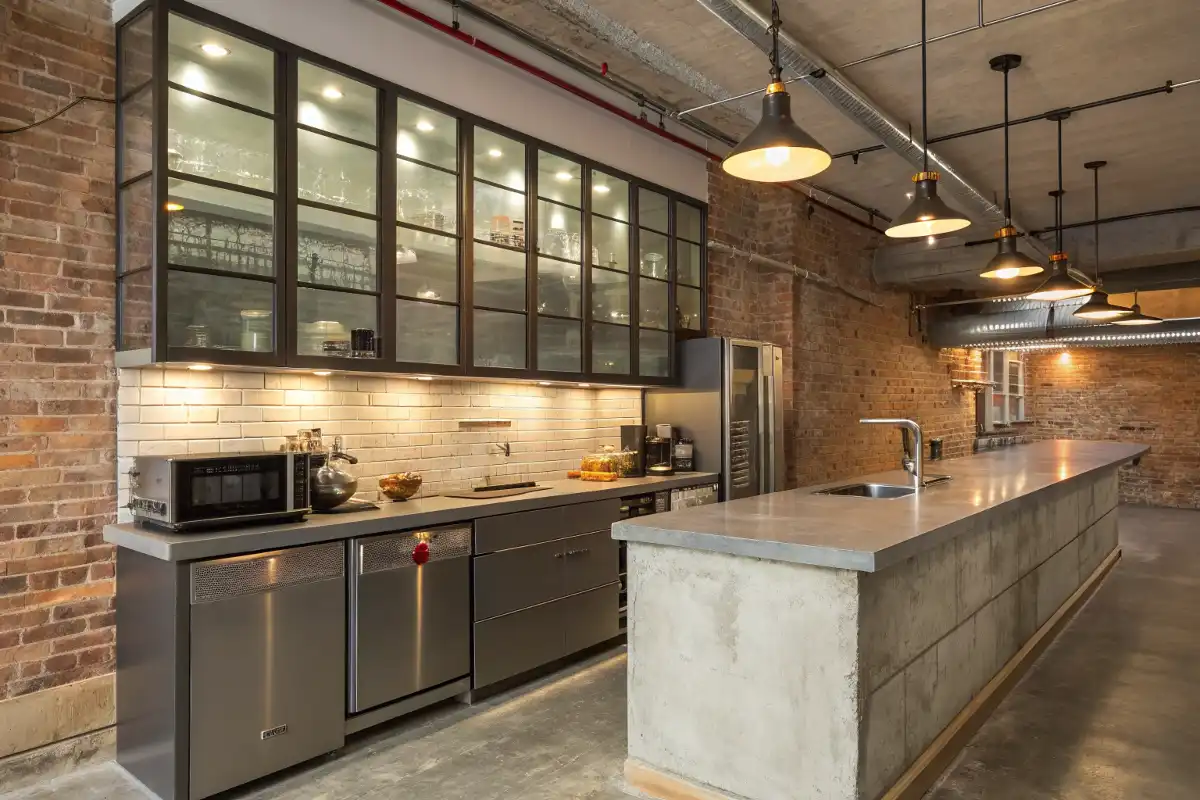
Installation, Maintenance, and Tips
Nailing the installation is key to a kitchen backsplash design that lasts. Start by measuring twice (add 10-15% extra for cuts and waste), and choose grout that either blends in or contrasts for effect. If you’re handy, DIY simple patterns like subway tiles using tools from Lowe’s—it’s empowering and cost-saving. But for intricate stone or full-height installs, call in pros to avoid headaches, especially in older US homes with uneven walls.
Budget hacks: Peel-and-stick options can run under $200 for a small kitchen; always test samples under your actual lighting to avoid surprises. Maintenance is straightforward—wipe daily with mild soap, and reseal stones yearly. Common pitfalls? Don’t overload small kitchens with busy patterns, and ensure proper ventilation to combat moisture in humid regions like the Southeast.
Pro tip: Incorporate LED under-cabinet lighting to highlight your backsplash at night—it’s a game-changer for ambiance.

Real-World Examples and Case Studies
Seeing kitchen backsplash design in action makes all the difference. Here are expanded examples from US homes to inspire your project:
- A glamorous California kitchen with high-gloss teal zellige tiles and open shelves, creating a light-filled oasis.
- Parisian-inspired floral motifs in hand-painted tiles contrasting pink walls in a New York apartment.
- A vibrant Bay Area retreat using Italian pink and green tiles for a fresh, energetic vibe.
- Modern black-and-white geometric hexagons in a Chicago loft.
- Rustic terracotta and wood accents transforming a Colorado cabin.
- Luxury gold-veined marble in a midcentury Atlanta space.
- Eclectic diamond patterns in a Houston home with mixed metals.
- Coastal blue ceramics wrapping an island in a Florida beach house.
- Maximalist polka dots paired with sleek cabinets in Austin.
- Before-and-after: A dated Midwest kitchen revived with neutral herringbone for timeless appeal.
- Sage green color-matched backsplash in a New Jersey family kitchen for cozy flow.
- Mirrored panels in a Texas bar area, making the space feel bigger and brighter.
These case studies show how a backsplash can totally revamp a room—think of it as the jewelry that completes your kitchen’s outfit.
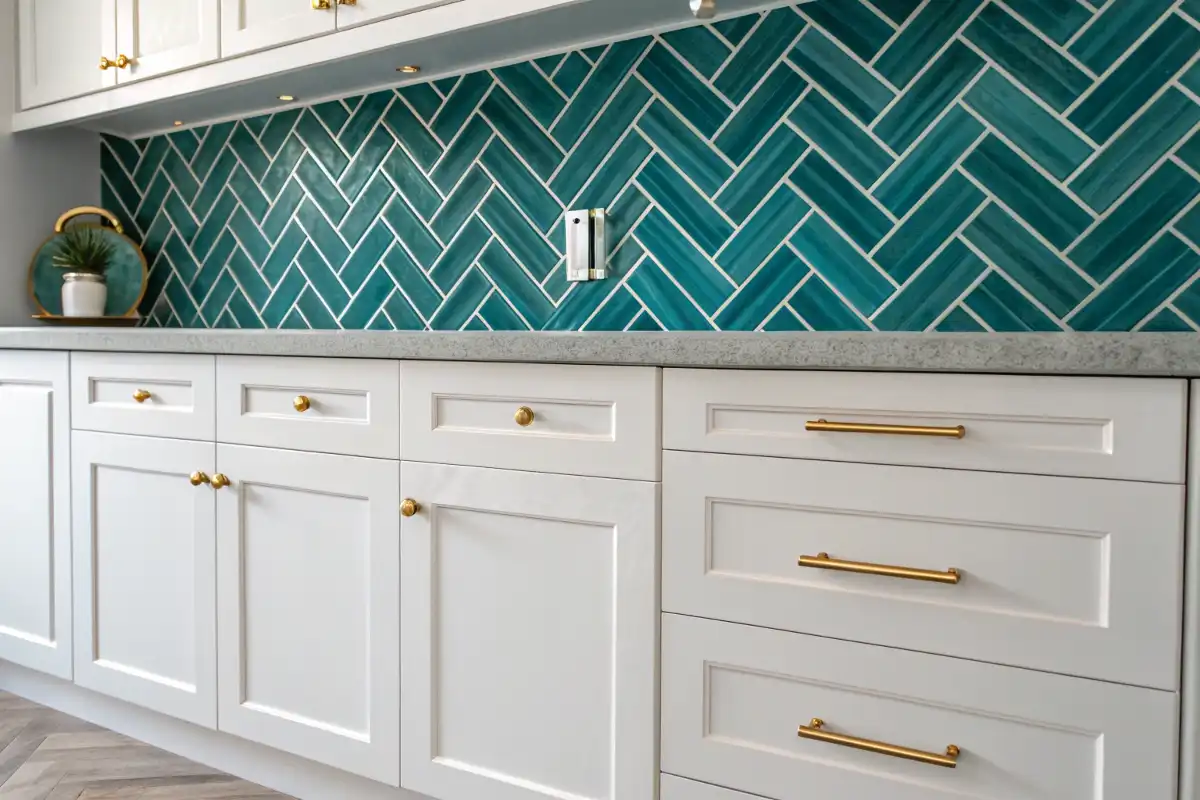
Conclusion and Resources
Wrapping it up, kitchen backsplash design is all about striking that sweet spot between stunning looks and real-life functionality. Don’t be afraid to experiment with 2025’s bold trends like glossy zellige or color-drenched schemes, but always circle back to what fits your daily life and home’s style. Whether you’re splurging on marble or keeping it budget-friendly with ceramic, the right choice will make your kitchen a place you love spending time in.
For shopping, check out US retailers like Home Depot, Lowe’s, or online giants like Wayfair and Amazon for samples. Use free virtual tools from sites like Houzz or IKEA’s planner to preview your ideas. If you’re ready to dive in, consider consulting a local designer via Angi or Thumbtack.
Got questions? Drop a comment below—we’d love to hear your thoughts and help brainstorm!
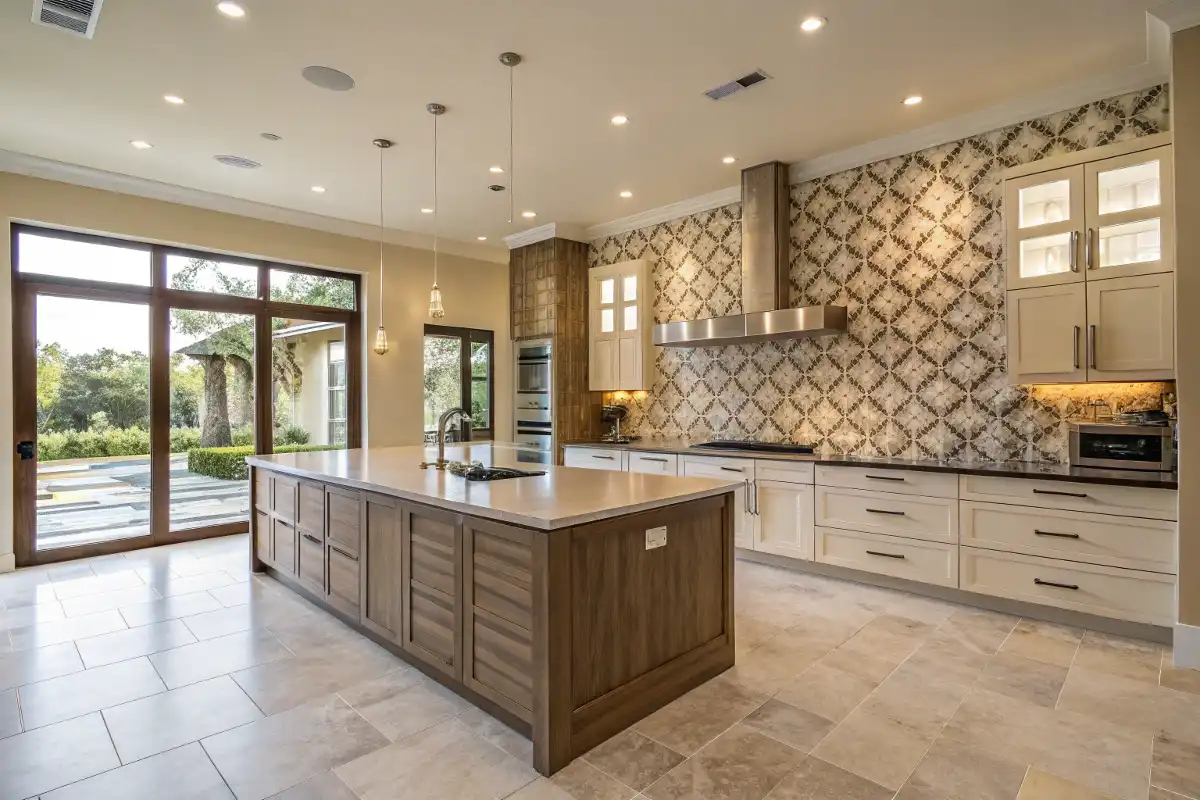
FAQs
- How high should a kitchen backsplash be? Typically 4-6 inches for basics, but full-height (counter to ceiling) is trending in 2025 for a dramatic, seamless effect.
- What’s the best material for tight budgets? Ceramic tile or peel-and-stick vinyl—they’re affordable, easy to install, and widely available at US stores.
- Can I DIY my kitchen backsplash? Absolutely, for simpler designs! Grab tools like a tile cutter and level from Home Depot, and follow YouTube tutorials—just take it slow.
- How do I choose colors for my backsplash? Match or contrast with your cabinets and counters; test samples in natural light to see how they pop in your space.
- Are sustainable options worth it? Yes! Recycled glass or ethical stone reduces environmental impact and appeals to eco-buyers in resale markets.
- What’s the average cost for a full kitchen backsplash? For a 30-50 sq ft area, expect $450-$2,500, depending on materials—factor in labor for pro installs.
- How often should I seal my backsplash? Annually for porous materials like stone or wood to keep stains at bay.

